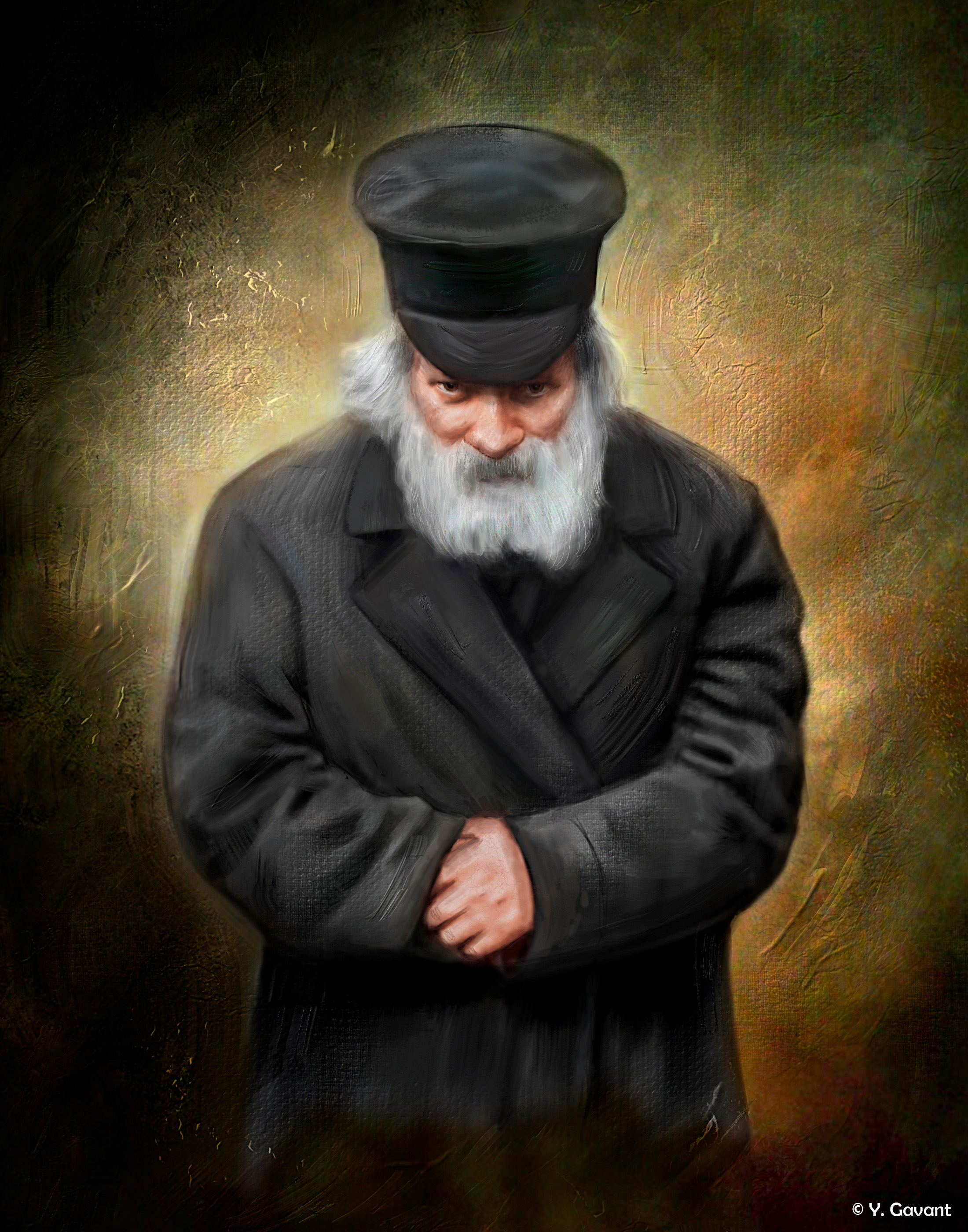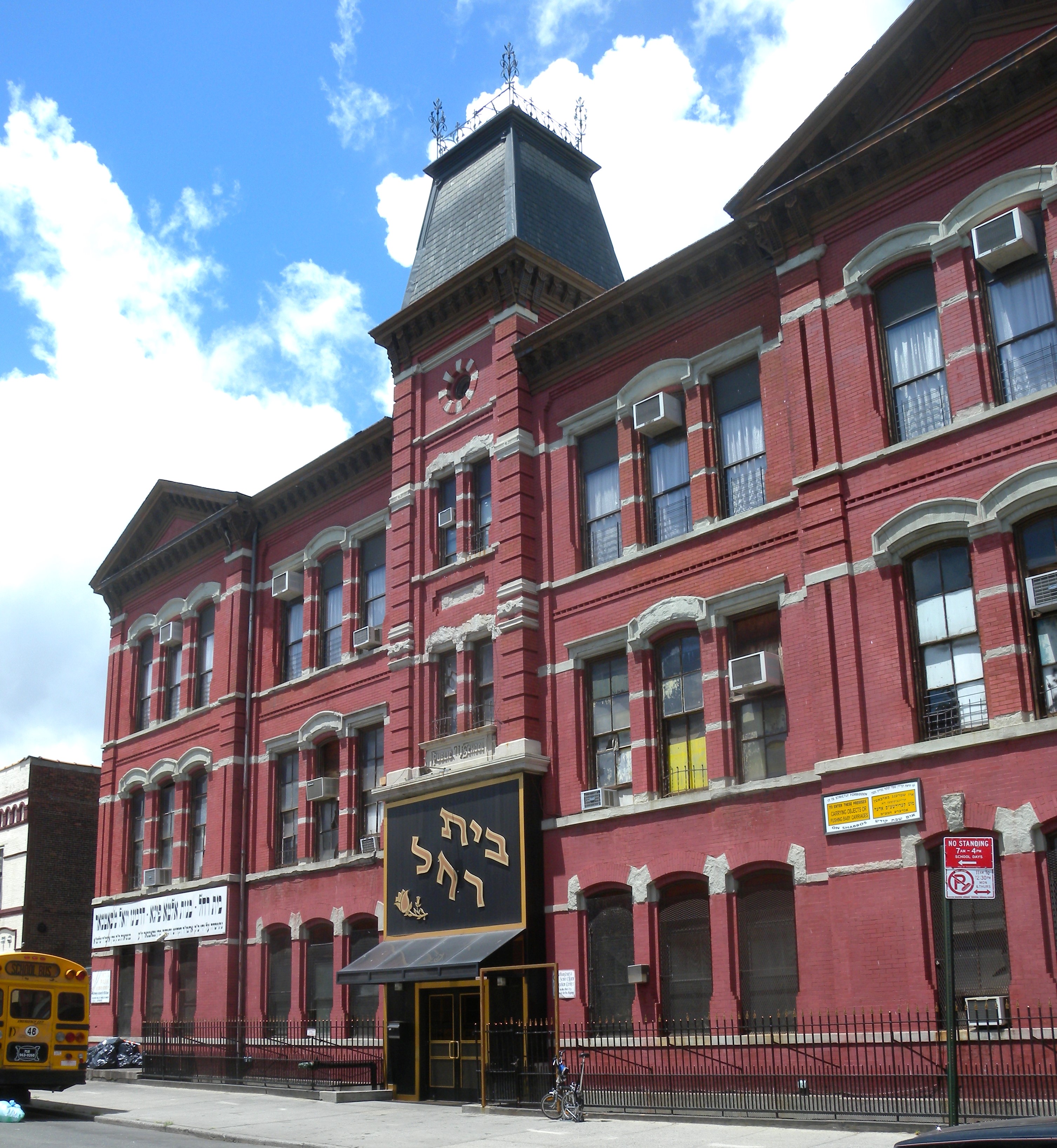|
Ma'ale Amos
Ma'ale Amos (, lit ''Ascent of Amos'') is an Israeli settlement organized as a community settlement in the southern West Bank. Located 20 km southeast of Jerusalem, at an elevation of 725 meters above sea level, it falls under the jurisdiction of Gush Etzion Regional Council. In it had a population of . Israeli settlements in the West Bank are considered by the international community to be illegal under international law, which the Israeli government disputes. History The settlement was established in 1981 by the Jewish Agency and Aish HaTorah. and was named after the Biblical prophet Amos, who lived in the village of Tekoa nearby. One of the community's founders was rabbi and former actor Uri Zohar. An early resident was Aryeh Deri, now head of the Shas party, whose first political position was as the representative of Ma'ale Amos to the Gush Etzion Regional Council. The town's first spiritual leader was Rabbi Hillel Zaks, grandson of the Yisrael Meir Kagan, the Ch ... [...More Info...] [...Related Items...] OR: [Wikipedia] [Google] [Baidu] |
Gush Etzion Regional Council
The Gush Etzion Regional Council (, ''Mo'atza Azorit Gush Etzion'') is a Regional council (Israel), regional council in the northern Judean Hills, the northern part of the southern area of the West Bank, administering the Israeli settlements, settlements in the Gush Etzion region, as well as others nearby. The headquarters are located adjacent to Alon Shvut. The current mayor of the Council is Yaron Rosenthal, elected in 2024. In August 2021, Rabbi Yosef Zvi Rimon was elected Chief Rabbi of the Gush Etzion Regional Council. List of settlements This regional council provides various municipal services for the following Israeli settlements within its territory: Area of historic Gush Etzion * Alon Shvut (see also Masu'ot Yitzhak#History , Masu'ot Yitzhak: History.) * Bat Ayin * Carmei Tzur * Gvaot * Elazar (town), Elazar * Har Gilo * Kfar Etzion, kibbutz * Migdal Oz, kibbutz * Neve Daniel * Rosh Tzurim, kibbutz (see also Ein Tzurim#Original kibbutz, Ein Tzurim: Original kibbutz ... [...More Info...] [...Related Items...] OR: [Wikipedia] [Google] [Baidu] |
Yisrael Meir Kagan
Yisrael Meir ha-Kohen Kagan (February 6, 1838 – September 15, 1933) was an influential Lithuanian Jewish rabbi, Halakhist, posek, and ethicist whose works continue to be widely influential in Orthodox Jewish life. He was known popularly as the Chofetz Chaim, after his book on lashon hara, and was also well known for the Mishna Berurah, his book on ritual law. Biography Kagan was born on February 6, 1838 in Dzienciol (), Grodno Governorate in Russian Empire (today Dzyatlava in Belarus), and died on 15 September 1933 in Raduń (), Nowogródek Voivodeship in Second Polish Republic (now in Belarus). When Kagan was ten years old, his father died in a cholera epidemic at the age of 46. His mother moved the family to Vilnius in order to continue her son's Jewish education. While in Vilnius, Kagan became a student of Jacob Barit. Kagan's mother remarried and moved to Radin, taking the name of her new husband, Poupko, which the young Kagan adopted as well. At 17, he married the ... [...More Info...] [...Related Items...] OR: [Wikipedia] [Google] [Baidu] |
Haredi Judaism In Israel
Haredi Judaism (, ) is a branch of Orthodox Judaism that is characterized by its strict interpretation of religious sources and its accepted (Jewish law) and traditions, in opposition to more accommodating values and practices. Its members are often referred to as "ultra-Orthodox" in English, a term considered pejorative by many of its adherents, who prefer the terms strictly Orthodox or Haredi (plural: Haredim). Haredim regard themselves as the most authentic custodians of Jewish religious law and tradition which, in their opinion, is binding and unchangeable. They consider all other expressions of Judaism, including Modern Orthodoxy, as "deviations from God's laws", although other movements of Judaism would disagree. Some scholars have suggested that Haredi Judaism is a reaction to societal changes, including political emancipation, the movement derived from the Enlightenment, acculturation, secularization, religious reform in all its forms from mild to extreme, and the ri ... [...More Info...] [...Related Items...] OR: [Wikipedia] [Google] [Baidu] |
Lithuanian-Jewish Culture In Israel
{{Infobox ethnic group , group = Litvaks , image = , caption = , poptime = , region1 = {{flag, Lithuania , pop1 = 2,800 , region2 = {{flag, South Africa , pop2 = 67,500 , langs = {{hlist, Yiddish, Hebrew, Russian, Polish, Lithuanian , rels = Judaism , related-c = Other Ashkenazi JewsBelarusian Jews, Russian Jews, Latvian Jews, Ukrainian Jews, Estonian Jews, Polish Jews {{Jews and Judaism sidebar , Population Litvaks ({{Langx, yi, ליטװאַקעס) or Lita'im ({{Langx, he, לִיטָאִים) are Jews who historically resided in the territory of the former Grand Duchy of Lithuania (covering present-day Lithuania, Belarus, Latvia, the northeastern Suwałki and Białystok regions of Poland, as well as adjacent areas of modern-day Russia and Ukraine). Over 90% of the population was killed during the Holocaust. The term is sometimes used to cover all Haredi Jews who ... [...More Info...] [...Related Items...] OR: [Wikipedia] [Google] [Baidu] |
Community Settlements
A community is a social unit (a group of people) with a shared socially-significant characteristic, such as place, set of norms, culture, religion, values, customs, or identity. Communities may share a sense of place situated in a given geographical area (e.g. a country, village, town, or neighborhood) or in virtual space through communication platforms. Durable good relations that extend beyond immediate genealogical ties also define a sense of community, important to people's identity, practice, and roles in social institutions such as family, home, work, government, TV network, society, or humanity at large. Although communities are usually small relative to personal social ties, "community" may also refer to large-group affiliations such as national communities, international communities, and virtual communities. In terms of sociological categories, a community can seem like a sub-set of a social collectivity. In developmental views, a community can emerge out of a col ... [...More Info...] [...Related Items...] OR: [Wikipedia] [Google] [Baidu] |
1981 Establishments In The Israeli Military Governorate
Events January * January 1 ** Greece enters the European Economic Community, predecessor of the European Union. ** Palau becomes a self-governing territory. * January 6 – A funeral service is held in West Germany for Nazi Grand Admiral Karl Doenitz following his death on December 24. * January 10 – Salvadoran Civil War: The FMLN launches its first major offensive, gaining control of most of Morazán and Chalatenango departments. * January 15 – Pope John Paul II receives a delegation led by Polish Solidarity leader Lech Wałęsa at the Vatican. * January 20 – Iran releases the 52 Americans held for 444 days, minutes after Ronald Reagan is sworn in as the 40th President of the United States, ending the Iran hostage crisis. * January 21 – The first DeLorean automobile, a stainless steel sports car with gull-wing doors, rolls off the production line in Dunmurry, Northern Ireland. * January 24 – An earthquake of magnitude in Sichuan, China, kills 150 people. Jap ... [...More Info...] [...Related Items...] OR: [Wikipedia] [Google] [Baidu] |
Religious Israeli Settlements
Religion is a range of social- cultural systems, including designated behaviors and practices, morals, beliefs, worldviews, texts, sanctified places, prophecies, ethics, or organizations, that generally relate humanity to supernatural, transcendental, and spiritual elements—although there is no scholarly consensus over what precisely constitutes a religion. It is an essentially contested concept. Different religions may or may not contain various elements ranging from the divine, sacredness, faith,Tillich, P. (1957) ''Dynamics of faith''. Harper Perennial; (p. 1). and a supernatural being or beings. The origin of religious belief is an open question, with possible explanations including awareness of individual death, a sense of community, and dreams. Religions have sacred histories, narratives, and mythologies, preserved in oral traditions, sacred texts, symbols, and holy places, that may attempt to explain the origin of life, the universe, and other phenomena. R ... [...More Info...] [...Related Items...] OR: [Wikipedia] [Google] [Baidu] |
Populated Places Established In 1981
Population is a set of humans or other organisms in a given region or area. Governments conduct a census to quantify the resident population size within a given jurisdiction. The term is also applied to non-human animals, microorganisms, and plants, and has specific uses within such fields as ecology and genetics. Etymology The word ''population'' is derived from the Late Latin ''populatio'' (a people, a multitude), which itself is derived from the Latin word ''populus'' (a people). Use of the term Social sciences In sociology and population geography, population refers to a group of human beings with some predefined feature in common, such as location, race, ethnicity, nationality, or religion. Ecology In ecology, a population is a group of organisms of the same species which inhabit the same geographical area and are capable of interbreeding. The area of a sexual population is the area where interbreeding is possible between any opposite-sex pair within the area ... [...More Info...] [...Related Items...] OR: [Wikipedia] [Google] [Baidu] |
Cheder
A ''cheder'' (, lit. 'room'; Yiddish pronunciation: ''khéyder'') is a traditional primary school teaching the basics of Judaism and the Hebrew language. History ''Cheders'' were widely found in Europe before the end of the 18th century. Lessons took place in the house of the teacher, known as a '' melamed'', whose wages were paid by the Jewish community or a group of parents. Normally, only boys would attend classes - girls were educated by their mothers in their homes. Where money was scarce and the community could not afford to maintain many teachers, boys of all ages would be taught in a single group. Although traditionally boys start learning the Hebrew alphabet the day they turned three, boys typically entered ''cheder'' school around the age of 5. After learning to read Hebrew, they would immediately begin studying the Torah, starting with the Book of Leviticus. They would usually start learning the Mishnah at around seven years of age and the Talmud (Mishnah, Gemara ... [...More Info...] [...Related Items...] OR: [Wikipedia] [Google] [Baidu] |
Beis Yaakov
Bais Yaakov (, also Beis Yaakov, Beit Yaakov, Beth Jacob or Beys Yankev; ) is a genericized name for full-time Haredi Jewish elementary and secondary schools for girls worldwide. Bais Yaakov, started by Sarah Schenirer in post-World War I Kraków, was at the time a revolutionary approach to Jewish women's education. The schools have risen to prominence in Haredi communities within Orthodox Judaism, with branches located worldwide in every Jewish community with a significant population. While many of these schools carry the Bais Yaakov name, they are not necessarily affiliated, though they may be for other reasons. History The Bais Yaakov movement was started by seamstress Sarah Schenirer in 1917 in Kraków, Poland. The first school building survives as apartments, and is marked with a bronze plaque. While boys attended cheder and Talmud Torah schools (and in some cases yeshivas), at that time, there was no formalized system of Jewish education for girls and young Jewi ... [...More Info...] [...Related Items...] OR: [Wikipedia] [Google] [Baidu] |
United States
The United States of America (USA), also known as the United States (U.S.) or America, is a country primarily located in North America. It is a federal republic of 50 U.S. state, states and a federal capital district, Washington, D.C. The 48 contiguous states border Canada to the north and Mexico to the south, with the semi-exclave of Alaska in the northwest and the archipelago of Hawaii in the Pacific Ocean. The United States asserts sovereignty over five Territories of the United States, major island territories and United States Minor Outlying Islands, various uninhabited islands in Oceania and the Caribbean. It is a megadiverse country, with the world's List of countries and dependencies by area, third-largest land area and List of countries and dependencies by population, third-largest population, exceeding 340 million. Its three Metropolitan statistical areas by population, largest metropolitan areas are New York metropolitan area, New York, Greater Los Angeles, Los Angel ... [...More Info...] [...Related Items...] OR: [Wikipedia] [Google] [Baidu] |
Aliyah
''Aliyah'' (, ; ''ʿălīyyā'', ) is the immigration of Jews from Jewish diaspora, the diaspora to, historically, the geographical Land of Israel or the Palestine (region), Palestine region, which is today chiefly represented by the Israel, State of Israel. Traditionally described as "the act of going up" (towards the Jerusalem in Judaism, Jewish holy city of Jerusalem), moving to the Land of Israel or "making aliyah" is one of the most basic tenets of Zionism. The opposite action – emigration by Jews from the Land of Israel – is referred to in the Hebrew language as ''yerida'' (). The Law of Return that was passed by the Knesset, Israeli parliament in 1950 gives all diaspora Jews, as well as their children and grandchildren, the right to relocate to Israel and acquire Israeli citizenship on the basis of connecting to their Jewish identity. For much of Jewish history, their history, most Jews have lived in the diaspora outside of the Land of Israel due to Jewish militar ... [...More Info...] [...Related Items...] OR: [Wikipedia] [Google] [Baidu] |








